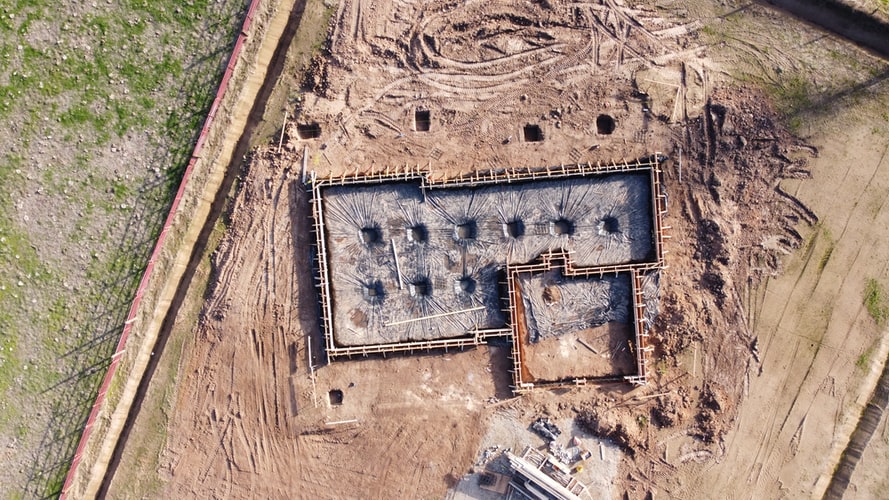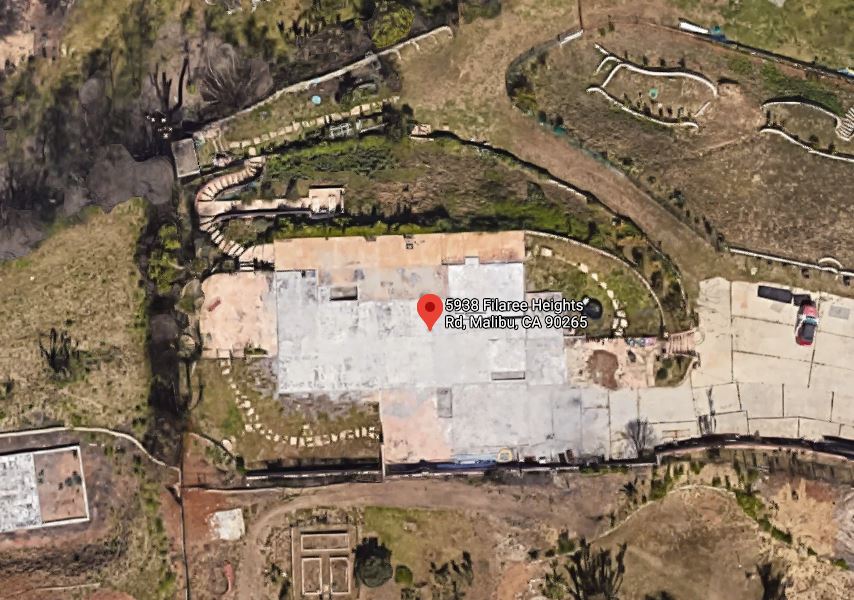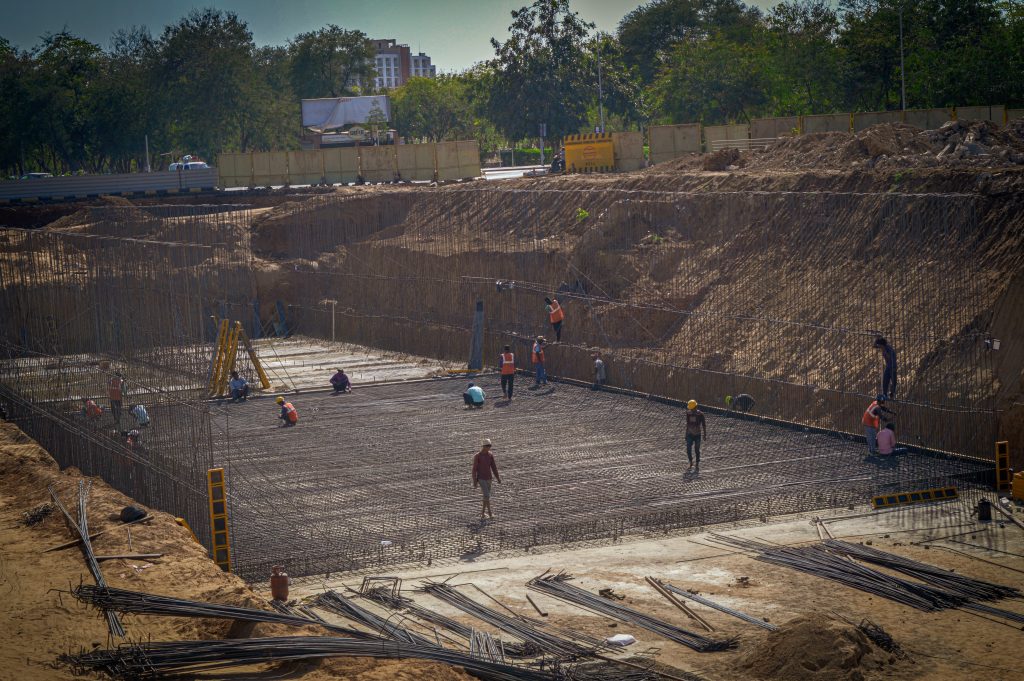Structural engineering is the branch of engineering that deals with the design, analysis, and construction of structures, such as buildings,

A structure built is only as good as its foundation is one of the core principles of structural engineering. The way the foundation design is ideated and built is one of the most cardinal tasks undertaken by a structural engineer in a project.
Structural foundations are categorized into two broad classifications; ‘shallow and deep foundations.’ These two categories act as umbrellas that house many sub-categories of foundations that are used while designing and building a structure.
We believe that you must If you are on the lookout for constructional services, you must know everything that there is about structural foundations and their many types. The breakdown is as follows;

Types of Shallow Foundations
Types of Deep Foundation
Shallow Foundations

Raft foundations are used for columns and wall foundations where the loads can be different loads from the structure & walls are very high. The reason this is done is to help prevent differential settlement of individual footings, hence it is designed as a single mat of all the load-bearing elements of the structure.
It is our professional recommendation that these foundations shouldn’t be used where the groundwater table is above the surface of the soil. Now you may ask why that might be, well the answer is simple, as such a condition might lead to scouring and liquefaction.

When it comes to strip foundations they have a wider base than you would find in a usual load-bearing wall foundation. To increase the stability of the foundation design we use the wider base of this footing type to help spread the weight from the structure over more area. Spread and wall fittings are used for individual columns, they are most commonly used in structural engineering when the walls and bridge piers where the bearing soil layers are within 3m from the surface ground.

A combined footing is built when two or more columns of a structure are close enough and their isolated footings are in overlap each other. Even though the structural design might differ, it is a combination of isolated footings. When the load needs to be carried by the columns it is advised in structural engineering that we must use a rectangular footing.
Individual footing is by far the most common type of foundation design for constructing buildings. This type of foundation is constructed by using the single column and sometimes is also called a pad foundation.
The general shape of the individual footing is square or rectangle and is used when the loads from the structure are carried by the columns. Sometimes a structural engineer might choose a rectangular isolated footing when the foundation experiences moments due to the eccentricity of loads or even due to horizontal forces.
Drilled shafts, additionally called caissons, are a sort of deep foundation and have activity like pile foundations, yet are high limit cast-in-situ foundations. It resists structure through shaft opposition, toe resistance, and additionally a mix of both of these. The development of bored shafts or caissons is finished utilizing a drill.
Drilled shafts can move segment loads bigger than heap establishments. It is utilized where the profundity of hard layers subterranean level is situated inside 10m to 100m (25 feet to 300 feet).
Drilled shafts aren’t appropriate when profound stores of delicate specks of dirt and free, water-bearing granular soils exist. It is additionally not reasonable for soils where folding developments are hard to balance out, soils composed of rocks, and an artesian spring.
Pile foundations are utilized to move hefty loads of constructions through segments to hard soil layers which is much subterranean level where shallow foundations, for example, spread footings and mat footings can’t be utilized. This is likewise used to forestall the uplift of the design because of sidelong loads, for example, quake and wind powers.
Pile foundations are for the most part utilized for soils where soil conditions close to the ground surface aren’t appropriate for heavy loads. The profundity of hard rock layers might be 5m to 50m (15 feet to 150 feet) profound starting from the earliest stage.
Pile foundations resist the heaps from the construction by skin friction and by end bearing. The utilization of heap establishments likewise according to structural engineering forestalls differential settlement of foundations.
About Author
InnoDez